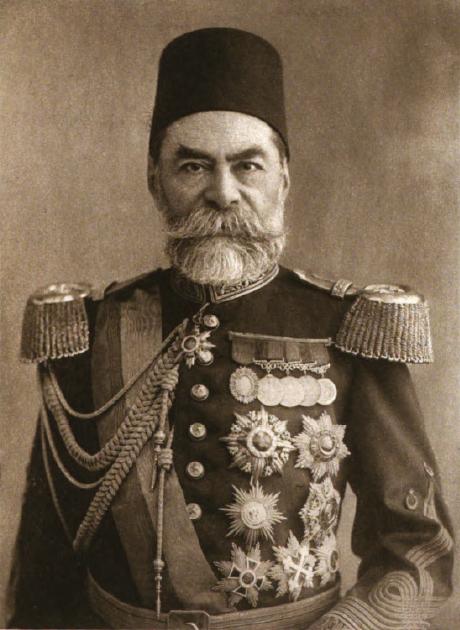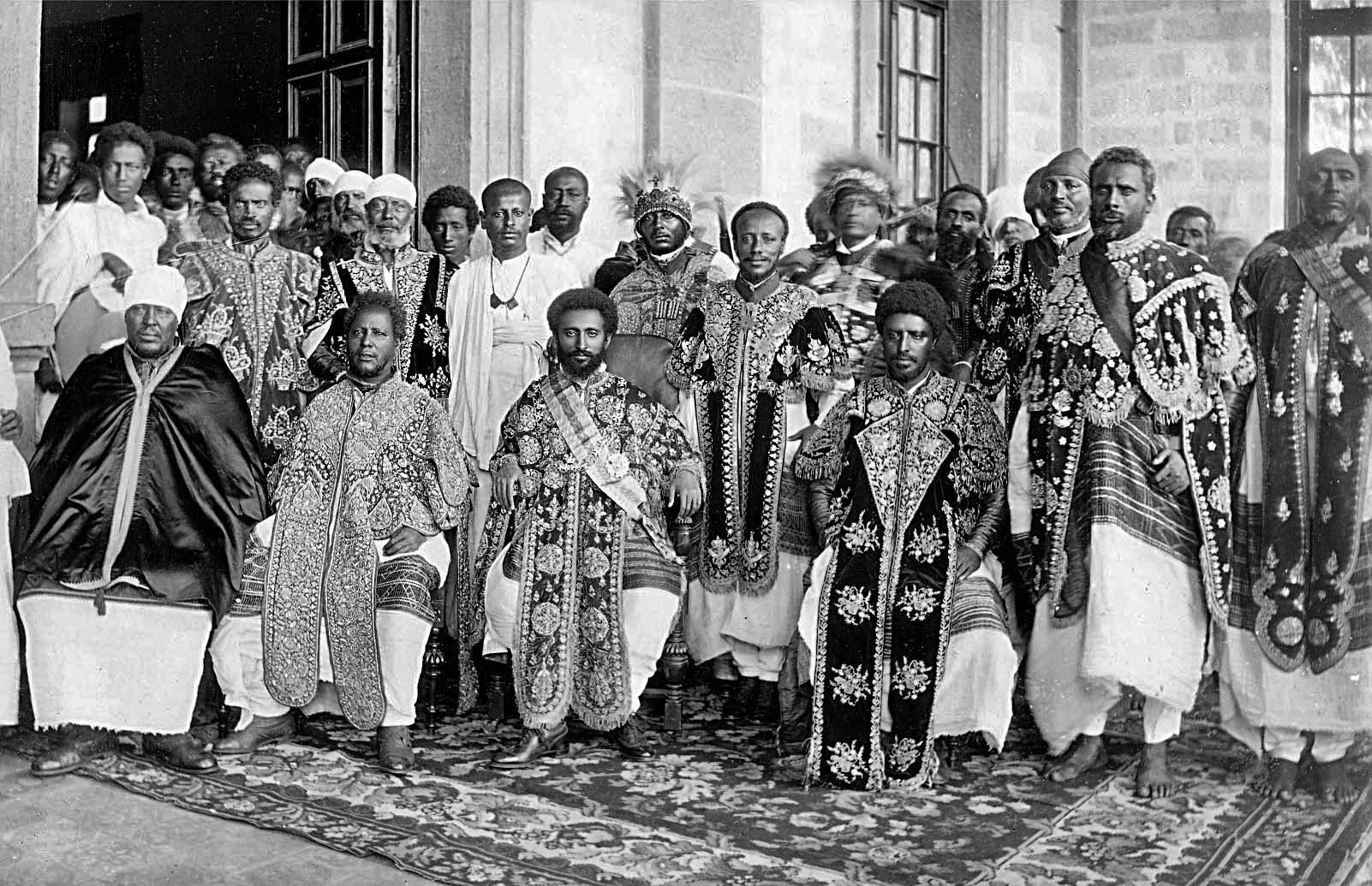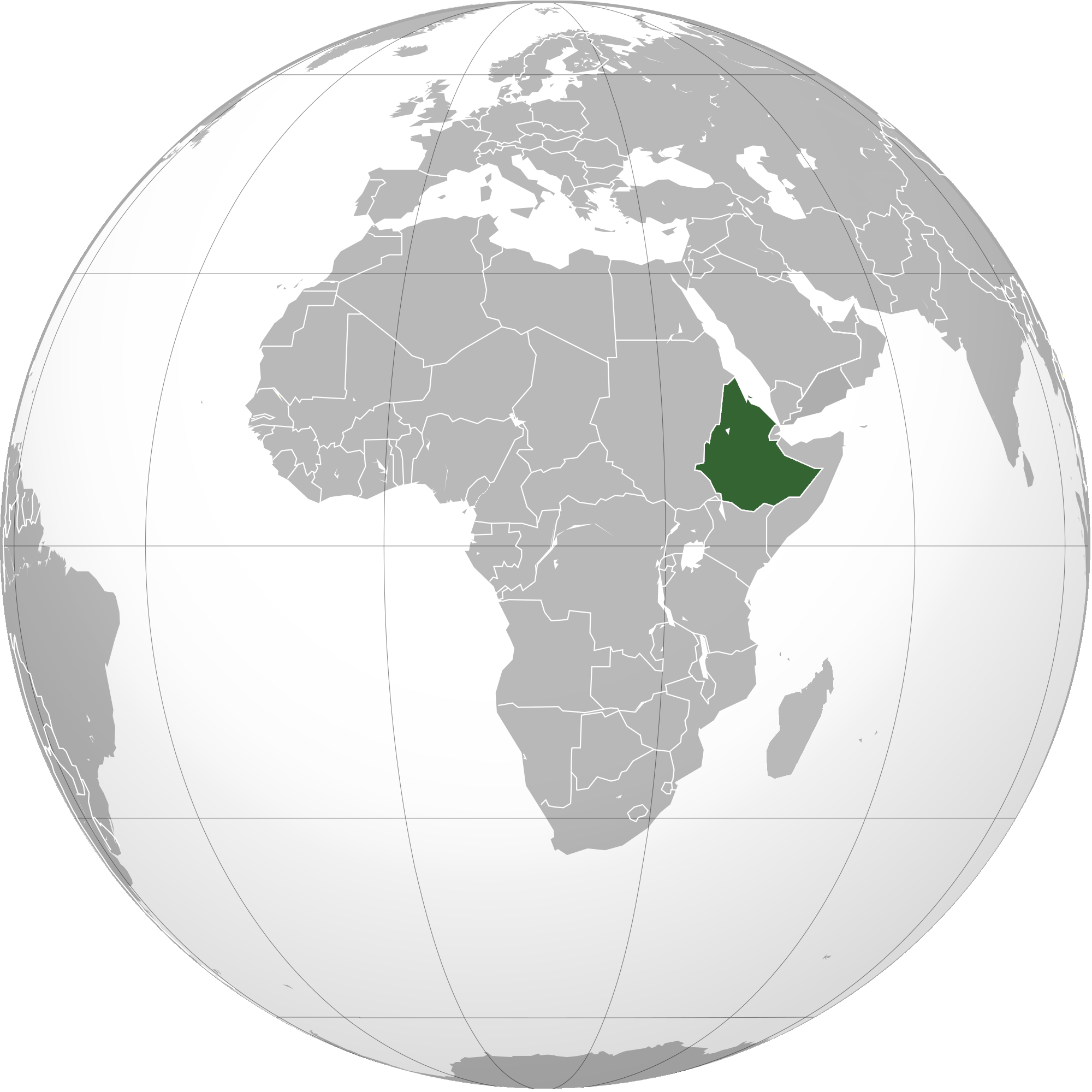|
Ottoman Zeila
Ottoman Zeila was a region centered around Zeila that was under intermittent Ottoman control between the 16th and 19th centuries, after the collapse of the Adal Sultanate. History Background In 1517, the Ottoman Empire, Ottoman Turks conquered the Mamluk Sultanate in Egypt and Syria, during the reign of Selim I."History of Arabia." Britannica.com. As such, territories of the Sultanate including Jeddah and Mecca were controlled by the Ottomans. Jeddah was then expanded for the purpose of protecting the borders of the Ottoman Empire from Portuguese invasions. The Ottoman Empire then began extending its borders throughout the rest of the Red Sea coast. Muslim rulers from Sudan and the Arabian Peninsula were dominant in the African Red Sea coast until the Ottoman Turks arrived in the 16th century.< ... [...More Info...] [...Related Items...] OR: [Wikipedia] [Google] [Baidu] |
Djibouti
Djibouti, officially the Republic of Djibouti, is a country in the Horn of Africa, bordered by Somalia to the south, Ethiopia to the southwest, Eritrea in the north, and the Red Sea and the Gulf of Aden to the east. The country has an area of . In antiquity, the territory, together with Ethiopia, Eritrea and Somaliland, was part of the Land of Punt. Nearby Zeila, now in Somaliland, was the seat of the medieval Adal Sultanate, Adal and Ifat Sultanate, Ifat Sultanates. In the late 19th century, the colony of French Somaliland was established after the ruling Dir (clan), Dir, Somali people, Somali, and Afar people, Afar sultans signed treaties with the French, and its Imperial Ethiopian Railway, railroad to Dire Dawa (and later Addis Ababa) allowed it to quickly supersede Zeila as the port for southern Ethiopia and the Ogaden. It was renamed the French Territory of the Afars and the Issas in 1967. A decade later, the Djiboutian people 1977 Afars and Issas independence referendu ... [...More Info...] [...Related Items...] OR: [Wikipedia] [Google] [Baidu] |
Bahr Negus
Until the end of the Ethiopian monarchy in 1974, there were two categories of nobility in Ethiopia and Eritrea. The Mesafint ( , modern transcription , singular መስፍን , modern , "prince"), the hereditary royal nobility, formed the upper echelon of the ruling class. The Mekwanint ( , modern , singular መኰንን , modern or , "officer") were the appointed nobles, often of humble birth, who formed the bulk of the aristocracy. Until the 20th century, the most powerful people at court were generally members of the ''Mekwanint'' appointed by the monarch, while regionally, the ''Mesafint'' enjoyed greater influence and power. Emperor Haile Selassie greatly curtailed the power of the ''Mesafint'' to the benefit of the ''Mekwanint'', who by then were essentially coterminous with the Ethiopian government. The ''Mekwanint'' were officials who had been granted specific offices in the Abyssinian government or court. Higher ranks from the title of ''Ras'' descending through to ''B ... [...More Info...] [...Related Items...] OR: [Wikipedia] [Google] [Baidu] |
Ahmed Ibn Ibrahim Al-Ghazi
Ahmad ibn Ibrahim al-Ghazi (, Harari: አሕመድ ኢብራሂም አል-ጋዚ, ; 21 July 1506 – 10 February 1543) was the Imam of the Adal Sultanate from 1527 to 1543. Commonly named Ahmed ''Gragn'' in Amharic and ''Gurey'' in Somali, both meaning the left-handed, he led the invasion and conquest of Abyssinia from the Sultanate of Adal during the Ethiopian–Adal War. He is often referred to as the "King of Zeila" in medieval texts. Dubbed "The African Attila" by Orientalist Frederick A. Edwards, Imam Ahmed's conquests reached all the way to the borders of the Sultanate of Funj. Imam Ahmed won nearly all his battles against the Ethiopians before 1541 and after his victory at Battle of Amba Sel, the Ethiopian Emperor, Dawit II was never again in a position to offer a pitched battle to his army and was subsequently forced to live as an outlaw constantly hounded by Imam Ahmed's soldiers, the Malassay. Early years Ahmad ibn Ibrahim al-Ghazi was born in 1506 and hailed f ... [...More Info...] [...Related Items...] OR: [Wikipedia] [Google] [Baidu] |
Ethiopian Empire
The Ethiopian Empire, historically known as Abyssinia or simply Ethiopia, was a sovereign state that encompassed the present-day territories of Ethiopia and Eritrea. It existed from the establishment of the Solomonic dynasty by Yekuno Amlak around 1270 until the 1974 Ethiopian coup d'état, 1974 coup d'état by the Derg, which ended the reign of the final Emperor, Haile Selassie. In the late 19th century, under Emperor Menelik II, the Menelik II's conquests, empire expanded significantly to the south, and in 1952, Federation of Ethiopia and Eritrea, Eritrea was federated under Selassie's rule. Despite being surrounded by hostile forces throughout much of its history, the empire maintained a kingdom centered on its Orthodox Tewahedo, ancient Christian heritage. Founded in 1270 by Yekuno Amlak, who claimed to descend from the last Kingdom of Aksum, Aksumite king and ultimately King Solomon and the Queen of Sheba, it replaced the Agaw people, Agaw Zagwe Kingdom, kingdom of the Za ... [...More Info...] [...Related Items...] OR: [Wikipedia] [Google] [Baidu] |
Debarwa
Debarwa ( ) is a market town in central Eritrea. It is situated about 25 kilometers south of the capital Asmara, and has a population of about 25,000 inhabitants. It is the capital of the Debarwa district (''Tsilima'') in the Debub ("Southern") administrative region (one of five in Eritrea). History Debarwa was one of the most important settlements in the region during the medieval era. An Ethiopian monk, Brother Antonio, told the Venetian scholar Alessandro Zorzi that it was the "chief city" and residence of a nobleman known as the ''Bahr Negash''. Portuguese traveler Francisco Álvares, who visited the town describes that it was the site of the ruler's "principal palaces". Alvares describes the town as "very good," perched on a high rock above the Mereb River, with the ''Bahr Negashs house resembling a fortress. Guarded by over 300 mounted men, it was a hub of daily petitions, attracting many visitors and young women drawn to the wealthy courtiers. The town had over 300 house ... [...More Info...] [...Related Items...] OR: [Wikipedia] [Google] [Baidu] |
Sultanate Of Adal
The Adal Sultanate, also known as the Adal Empire or Barr Saʿad dīn (alt. spelling ''Adel Sultanate'', ''Adal Sultanate'') (), was a medieval Sunni Muslim empire which was located in the Horn of Africa. It was founded by Sabr ad-Din III on the Harar plateau in Adal after the fall of the Sultanate of Ifat. The kingdom flourished to 1577.. At its height, the polity under Sultan Badlay controlled the territory stretching from Cape Guardafui in Somalia to the port city of Suakin in Sudan. The Adal Empire maintained a robust commercial and political relationship with the Ottoman Empire. Sultanate of Adal was alternatively known as the federation of Zeila. Etymology Adal is believed to be an abbreviation of Havilah. Eidal or Aw Abdal, was the Emir of Harar in the eleventh century which the lowlands outside the city of Harar is named. In the thirteenth century, the Arab writer al-Dimashqi refers to the city of Zeila, by its Somali name "Awdal" (). The modern Awdal region of S ... [...More Info...] [...Related Items...] OR: [Wikipedia] [Google] [Baidu] |
Medri Bahri
Medri Bahri ( Tigrinya: ምድሪ ባሕሪ, English: ''Land of the Sea'') or Mereb Melash (Tigrinya: መረብ ምላሽ, English: ''Beyond the Mereb''), also known as Baharanegash, Ma'ikele Bahr or Bambolo Melash was a semi-autonomous province of the Ethiopian Empire ruled by the ''Bahr Negash''. This province was located north of the Mareb River and west of the Bur Province, in the Eritrean highlands ( Kebassa) and some surrounding areas, mainly comprising the historical provinces of Hamasien and Seraye. History According to historian Richard Pankhurst it was during the reign of Emperor Zara Yaqob (r. 1433–1468) when the title ''Bahr Negash'' ("Ruler of the sea") appeared for the first time. However, it also appears in an obscure land grant of the Zagwe King Tatadim, who ruled during the 11th century. He considered the unnamed Bahr Negash as one of his ''seyyuman'' or "appointed ones". Zara Yaqob's chronicle explains how he, after arriving to the region, put much effort ... [...More Info...] [...Related Items...] OR: [Wikipedia] [Google] [Baidu] |
Battle Of Fatagar
The Battle of Fatagar (alternatively known as Nech Sar) was a reprisal conflict between the previous participants of the Ethiopian–Adal War. It was fought between the forces of the Adal Sultanate led by Nur ibn Mujahid, and the Ethiopian Empire under Emperor Gelawdewos. The Ethiopian Emperor was later killed by Adal forces in this battle. Mohammed Hassen considers this battle a decisive defeat for the Ethiopian Empire. "Not only did Galawdewos' death produce terrible grief throughout the Christian land, it left the political scene uncertain and fluid. After this battle, this force was never able to regain its full strength and failed to win back an inch of land lost before 1559 to the pastoral Oromo." Background The de facto leader of Adal Bati del Wambara and widow of Ahmad ibn Ibrahim al-Ghazi had stipulated to Nur that she would solely marry him, if he were to cause the death of the emperor of Ethiopia. This achievement was necessary to pave the way for Nur in being a ... [...More Info...] [...Related Items...] OR: [Wikipedia] [Google] [Baidu] |
Battle Of Wayna Daga
The Battle of Wayna Daga was a large-scale battle between the Ethiopian forces and the Portuguese Empire and the forces of the Adal Sultanate and the Ottoman Empire in the east of Lake Tana in Ethiopia on 21 February 1543. The available sources give different dates for the battle. Led by the Emperor Galawdewos, the combined army of Ethiopian and Portuguese troops defeated the Adal- Ottoman army led by Imam Ahmad ibn Ibrahim al-Ghazi. Imam Ahmad was killed in the battle and his followers were utterly routed Background At the Battle of Wofla (28 August 1542) Imam Ahmad crushed the Portuguese expeditionary force, killing most of its men, capturing practically all of the firearms they had, and capturing and killing its leader, Cristóvão da Gama. The Imam enjoyed a decisive victory over his greatest foe; armies in the Horn of Africa melted away with the death of their leaders. He then reduced the number of mercenary Ottoman arquebusiers to 200, and relying on his own forces re ... [...More Info...] [...Related Items...] OR: [Wikipedia] [Google] [Baidu] |
Gelawdewos
Galawdewos (, 1521/1522 – 23 March 1559), also known as Mar Gelawdewos (), was Emperor of Ethiopia from 3 September 1540 until his death in 1559, and a member of the Solomonic dynasty. His throne name was Atsnaph Sagad I (Ge'ez: አጽናፍ ሰገድ). A male line descendant of medieval Amhara kings, he was a younger son of Dawit II and Seble Wongel. Early reign The son of Dawit II by his wife, Seble Wongel, after the death of his father Gelawdewos succeeded to the throne on 2 September 1540 at the age of 18. During Ahmed Gragn's occupation of Abyssinia, Galawdewos initially took refuge in the province of Gafat. Despite his youth, over the next few months he made several successful attacks on the Adalite garrisons in northern Ethiopia. At the time of the Portuguese arrival in Ethiopia, Gelawdewos was in northern Shewa leading a small guerrilla movement against the Muslim occupation. When he heard of the Portuguese arrival he marched northward to join them but the Por ... [...More Info...] [...Related Items...] OR: [Wikipedia] [Google] [Baidu] |




